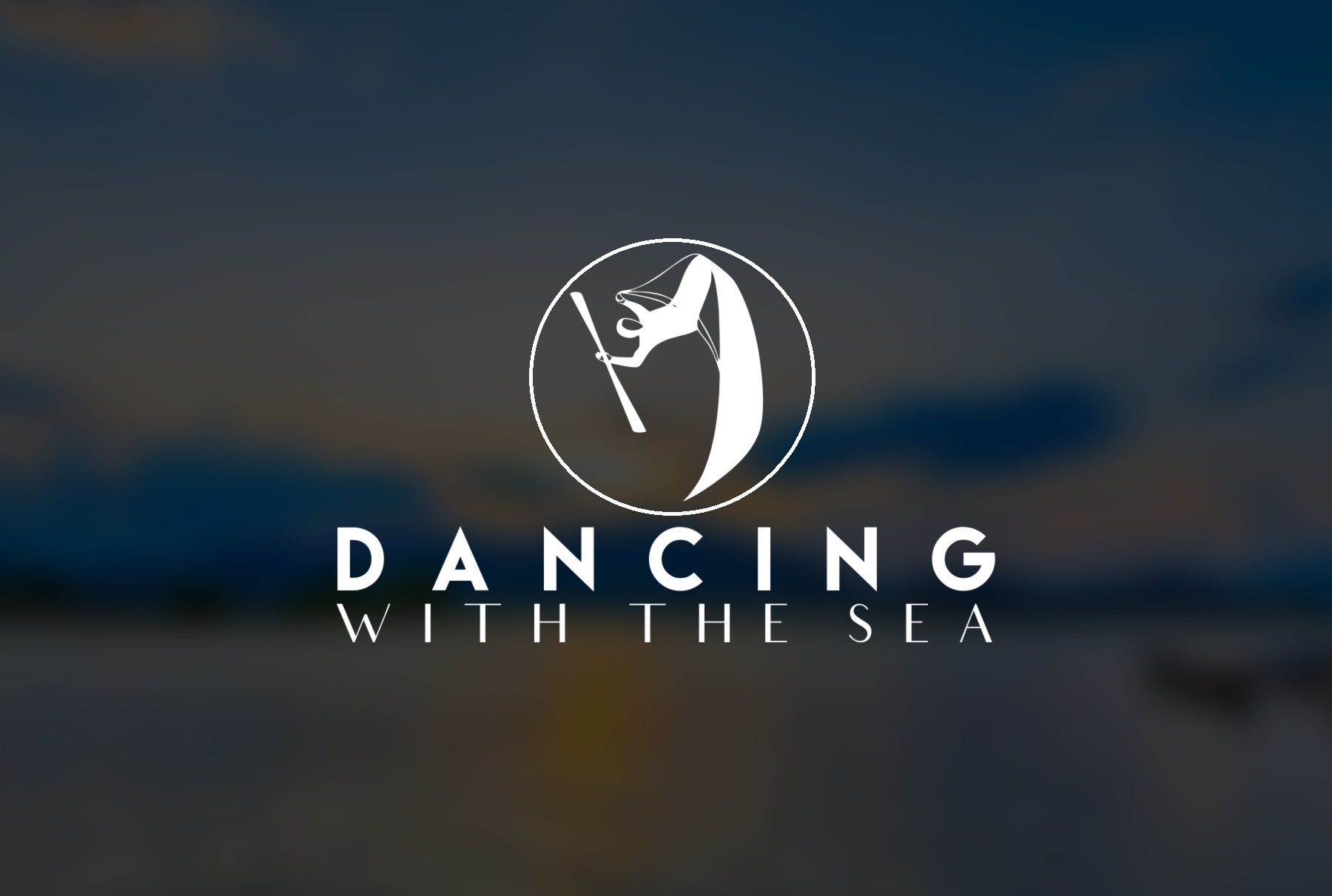I’m paddling with a friend who is fairly new to kayaking.
It’s a bit windy but not very choppy. As we round the island we are exposed to the full fetch of the wind.
The waves are bigger than anything he has experienced before.
They are coming from the side, with the bigger ones breaking right over his kayak.
Pushing him out of balance. As if trying to capsize him.
Every 4-5 waves, a bigger one breaks over his kayak, threatening to capsize him.
He nervously reacts by smacking his paddle in the water on the other side.
He avoids another capsize.
Each time he is getting more terrified. He knows he’s going for a bad swim if he is not quick enough.
This is something I see often. Those without much experience in the waves are nervous. You can see it in their eyes. In how stiff they look.
They can’t wait to get to the calm water.
The more experienced paddlers have more confidence in their brace. They have a brace which can keep them upright most of the time. If they capsize no big deal, they can roll up.
Then you have those who are completely at home in rough water. They understand how the force of the wave moves the kayak.
They know exactly how to place the paddle, and their body, to use the force of the wave. They look like they are playing with the wave, not fighting against it. They are not in a hurry to get out of rough water, but instead enjoy the moment.
It’s a different kind of fun.
There is no fear of capsizing.
No having to be hyper alert.
Calm and collected works fine.
Seeing my friend with that stiff nervous look, I decide to raft up with him.
I show him how to place the paddle on the other side for bracing. On the side the wave is coming from.
I tell him to stop waiting for the wave to knock him over. Instead leave your paddle in the water to let the incoming wave bury it.
I show him how to time his forward stroke to place the paddle in the right place. How to pause to let the wave wash over. I tell him to relax his hips to let his body rotate towards the wave. Ready for a quick sweep for support if needed.
It all took less than a minute.
For the rest of the paddle home he is calm.
Totally relaxed.
I think I even saw him smile as a big wave washed over his kayak at one point.
He is a totally different paddler.
Here’s an exercise for developing a strong position for bracing in the waves.
Sit on the floor with your paddle pinned under something heavy. In the water the wave will hold your paddle in place.
Sit facing forward holding on to the paddle.
Have someone push you over.
Notice how much force it takes to force you down.
Now try this.
Sit with your hip back and body rotated towards the brace side.
Have someone push you over.
Notice if it’s easier to stay in balance.
I think you will find that it feels a lot more secure when you are rotated towards the paddle.
Here’s an exercise to practice on the water for developing the blade angle to give you tons of support.
Start with the same position you were in for the previous exercise. Your paddle side hip is pulled back. Your body is rotated towards to paddle.
Your paddle is near the surface of the water, 45 degrees to the back of the kayak.
Practice sweeping it forward and then back again.
Use your hips.
Your whole upper body should rotate as you move your hips.
Find the blade angle that gives you support without moving mater.
It will be quiet.
It will feel like it slices cleanly through the water.
It will feel like you can put your whole weight on the paddle and still get support.
Notice how much supports it gives you.
If you learned to use your hips when paddling, it will feel natural to rotate towards the wave.
Here’s an exercise I like to show new paddlers.
Practice turning your forward stroke into a brace.
Without taking the paddle out of the water.
A brace does not have to be something you do to regain your balance. It’s not a reaction.
It is about paying attention to the waves. It’s about placing your paddle and body in a strong position to stay stable.
The way you can practice this is by paddling forward normally. After you have a bit of speed, imagine that a wave is coming from the side. Change the angle of the blade to make it rise to the surface on the side of the incoming wave.
Place your body in position.
Your same side hip is pulled back.
You are rotated towards the incoming wave.
You place your paddle at about a 45 degree angle from the back of the kayak.
Pause for about 1 second, then keep paddling. Keep practicing this on both sides until you feel confident putting a lot of pressure on the paddle.
Pay attention to the angle. Most people will use too much of a climbing angle.
You can hear it.
You can see how it moves water.
It doesn’t give much support. Play with the angle until it slices cleanly up through the water with all your weight on it.
